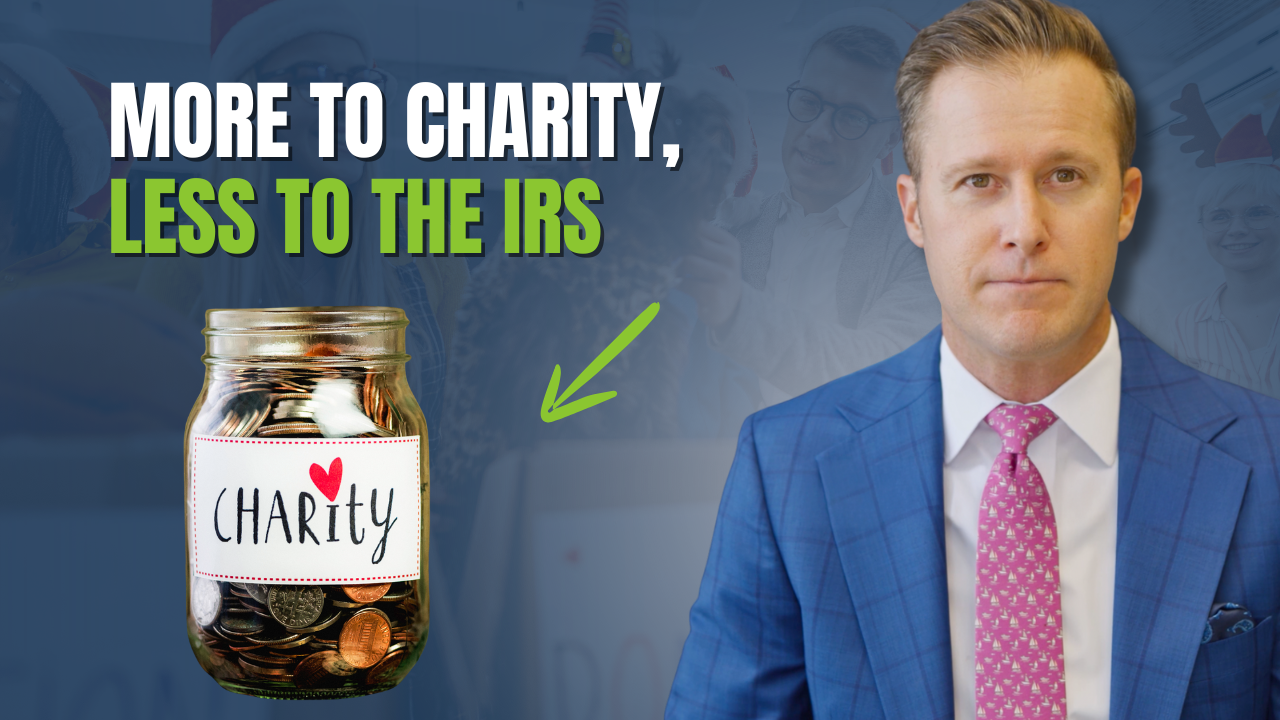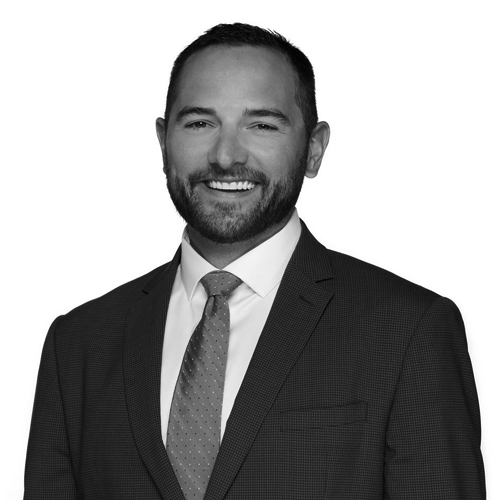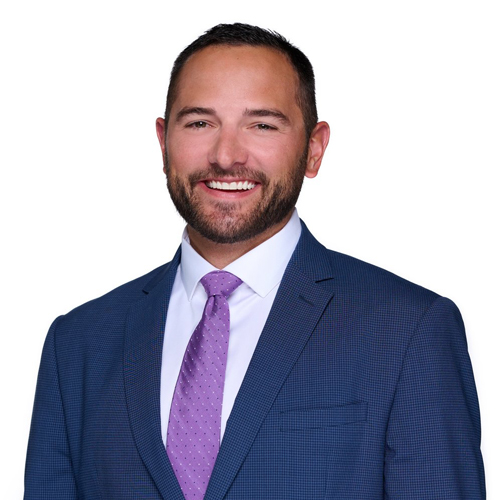If your business is growing, your retirement plan should keep pace. A plan that worked when you were three people around a conference table may strain as headcount, revenue, and goals climb. The question isn’t “Which plan is best forever?” It’s “Which plan fits this stage, and when should we upgrade?” That mindset keeps owners maximizing tax benefits, rewarding key people, and avoiding compliance headaches. When should you switch, and to what? Let’s lay out the trigger points, the choices, and the changes in the law that make smarter moves possible.
Signals It’s Time to Change Plans
Growth reshapes your retirement plan needs in ways that catch many business owners off guard. What worked perfectly at startup can become a liability as you scale, creating missed opportunities for tax savings or, worse, compliance issues that trigger costly corrections. The key is recognizing these inflection points before they become problems. Here are a few common scenarios that signal it’s time for an upgrade:
Hiring your first W‑2
Running a Solo 401(k)? The moment you bring on a non‑spouse W‑2, you’ve outgrown it and you’ll need a group 401(k). If you expect uneven participation (owners keen, staff tepid), consider starting Safe Harbor so highly compensated employees can contribute the max without testing headaches.¹
Failed ADP/ACP testing or HCE (Highly Compensated Employee) refunds
If last year’s regular 401(k) failed ADP/ACP tests, or you got refunds, you may be paying for a plan that’s not delivering. Converting to Safe Harbor eliminates those tests if you adopt the required employer formula and notices. Owners can then defer up to the annual limit with far fewer surprises.¹
You’ve outgrown a SIMPLE IRA
The SIMPLE IRA is a good starter, but its lower limits can hold you back. Ready for a bigger, more flexible plan? SECURE 2.0 lets you replace a SIMPLE with a Safe Harbor 401(k) mid‑year if you follow the new rules. That used to be a calendar‑year wait. Now it’s an upgrade path when growth accelerates.⁵ ¹²
Owners want to save beyond 401(k) caps
Hitting the 401(k) ceiling and still generating free cash flow? Layer a Cash Balance plan alongside your 401(k). It’s a defined‑benefit design that can enable much higher pre‑tax contributions for older or higher‑earning owners, with proper funding discipline.¹⁵ ¹⁴
Meaningful part‑time hours on payroll
Beginning in 2025, long‑term part‑timers working 500+ hours in two consecutive years must be allowed to contribute to the 401(k). This changes eligibility planning and communications.⁴
Launching a new plan in 2025
New 401(k)s generally must feature automatic enrollment and annual escalation starting in 2025, with exceptions for very small or very new employers (Treasury/IRS issued proposed regulations in January 2025 clarifying the mandate and exemptions; final regs pending. In the interim, plans can rely on a reasonable, good‑faith interpretation of §414A). ³ ¹¹ ¹⁰
Cost worries
Don’t let outdated assumptions keep you stuck. SECURE 2.0 expanded tax credits: up to $5,000 per year for three years to offset startup/admin costs, plus a separate credit of up to $1,000 per employee for employer contributions in early years. These can materially reduce net cost as you scale.⁷ ¹³ ³¹
What to Choose: Regular 401(k) or Safe Harbor 401(k)?
Regular 401(k)
Great when your non‑HCE participation is strong and you can routinely pass ADP/ACP testing. You get maximum discretion over employer contributions and no mandatory Safe Harbor costs. The risk is failed tests and HCE refunds if participation slumps.
Safe Harbor 401(k)
You exchange a modest, predictable employer formula for testing relief, so owners and other HCEs can contribute up to the annual limit consistently. The classic Safe Harbor requires immediate vesting on Safe Harbor dollars. The QACA variant builds in auto‑enroll and allows those Safe Harbor employer contributions to vest no later than two years, which supports retention.¹⁰ ¹¹
If growth or participation volatility makes testing unpredictable, Safe Harbor (or QACA Safe Harbor) often delivers steadier outcomes for owners and key talent. If your workforce saves robustly on its own, a regular 401(k) can work well and avoid mandatory employer dollars.

2025 Law Changes: Quick Reference
- 401(k) limits: $23,500 deferral; $70,000 total additions; age-50 catch-up $7,500. 2 8
- Ages 60–63 “super” catch-up in 2025: greater of $10,000 or 150% of the standard catch-up (that’s $11,250 in 2025). 9
- Roth catch-up for certain high earners is delayed to 2026. 6
- New 401(k)/403(b) plans generally must auto-enroll at 3–10% with annual escalation starting in 2025; QACA can satisfy this and deliver testing relief. 3 11
- Long-term part-timers: 500+ hours in two consecutive years must be allowed to contribute beginning in 2025. 4
- Roth options now available for SEP and SIMPLE. 5 12
- Mid-year SIMPLE → Safe Harbor 401(k) replacement allowed with required notices and coordination. 5 12
- RMD updates: age is 73, and designated Roth 401(k)/403(b) have no lifetime RMDs starting in 2024. 16
Tip: Coordinate payroll and your recordkeeper now so deferral buckets and auto-features behave as intended.
Cost Control Shouldn’t Cut Value
I’m firmly in the low‑cost camp. The way you design and operate the plan often matters more than the logo on the recordkeeper’s website. Here are practical levers that keep cost per benefit dollar down as you scale and a calculator to help you understand why low fees are so important.

Investment Fee Impact Calculator
See how expense ratios compound over time and eat into your returns
Final Value
$0
Total Fees Paid
$0
Fee Impact Summary
Higher fees compound against you over time. Every basis point saved goes directly to your portfolio's growth.
Disclaimer: This calculator is for illustrative purposes only and assumes a hypothetical 7% annual return before fees. Actual investment returns will vary and may be higher or lower than shown. Past performance does not guarantee future results. Different types of investments involve varying degrees of risk, including the potential loss of principal. This tool does not constitute investment advice. Please consult with a qualified financial advisor before making investment decisions.
Use the credits
SECURE 2.0 dramatically expanded the tax credits available to small employers starting new retirement plans. The startup credit covers up to $5,000 annually in administrative costs for three years, while the employer contribution credit provides up to $1,000 per employee for employer contributions in the early years. Combined, these credits can offset a big share of your plan’s costs during the critical startup phase. The key is coordinating with your CPA to properly claim these credits without double-counting deductions on the same dollars. ⁷ ¹³
Keep the fund lineup lean and low‑fee
This is where most business owners leave serious money on the table. The difference between a 0.5% expense ratio and a 2.0% expense ratio might seem small, but as our fee impact calculator demonstrates, that 1.5% difference can cost a typical employee hundreds of thousands of dollars over their career. Select low-expense index funds for your core menu and avoid actively managed funds with expense ratios above 1.0% unless they serve a specific purpose. Simpler menus also reduce decision paralysis for employees and lower your fiduciary liability. A financial advisor can help you evaluate fund options and build a lineup that balances cost, performance, and participant outcomes.
Automate everything
Manual administration is where small plans break down and costs spiral. Use providers that integrate seamlessly with your payroll system for eligibility tracking, contribution processing, and compliance testing. Automated enrollment and escalation reduce your team’s workload while boosting participation rates. Automated annual notices, Form 5500 preparation, and audit support eliminate the administrative headaches that make business owners question whether offering a plan is worth it.
Design with intent
If you’re implementing profit sharing, consider allocation methods that reward key employees while passing nondiscrimination testing. Cross-tested profit sharing can direct more money to owners and senior staff legally. If retention is a priority, QACA Safe Harbor’s two-year vesting schedule on employer contributions creates golden handcuffs without the complexity of a traditional vesting schedule.¹⁰
Consider pooled solutions
Pooled Employer Plans (PEPs) and Multiple Employer Plans (MEPs) allow smaller companies to join together under one large plan structure. Think of it as cost-sharing for retirement benefits. You get the economies of scale typically reserved for large employers while maintaining your own distinct plan. This can help reduce administrative costs, improve investment options through larger asset pools, and shift much of the fiduciary responsibility to the pooled plan provider. They’re particularly valuable for companies with limited HR bandwidth or those who want professional plan oversight without hiring dedicated staff.¹⁷
Potential Migration Strategies
Switching retirement plans isn’t like changing your cell phone provider. It requires careful coordination with payroll, legal documents, and employee communications. But when executed properly, these transitions can unlock significantly better outcomes for both owners and staff. The timing and sequence matter, especially with new rules that allow mid-year changes in certain circumstances. Here are a few common upgrade paths for you to consider:
Solo 401(k) → Group 401(k)
Draft a new plan document; set eligibility, match, and auto‑features intentionally; run a testing projection if choosing a regular 401(k). If risk of refunds is high, adopt a Safe Harbor formula for smooth sailing.¹
SIMPLE IRA → Safe Harbor 401(k) mid‑year
Provide required SIMPLE termination/transition notices, coordinate effective dates, and follow the mid‑year replacement rules in Notice 2024‑02. Ensure payroll caps deferrals correctly across both plans for the year.⁵ ¹²
Regular 401(k) → Safe Harbor/QACA
Adopt the Safe Harbor amendment within allowed timing windows and provide the annual notice. Decide between the 3% nonelective or a match formula, and if QACA is appropriate for your workforce and budget.¹ ¹¹
401(k) → 401(k) + Cash Balance
Model contributions across owners and staff, confirm funding stability, and coordinate profit‑sharing with defined‑benefit funding. Use conservative assumptions, clear employee communications, and periodic actuarial reviews.¹⁴ ¹⁵
Ready for a plan that matches your growth?
Your retirement plan should do three things well: help you shelter income efficiently, support retention for the team building your company, and stay compliant without drama. If you’re scaling, odds are one of the triggers above already applies. Why wait for another testing failure, missed limit increase, or recruiting loss to a richer plan?
Let’s make sure your business plan, retirement plan, and estate plan are in lockstep. Feel free to click the button below to schedule a review, and we’ll pressure‑test your current design against your growth, cash flow, and goals. If a change makes sense, we’ll map it out with clear steps and timelines. If you’re already on the optimal path, you’ll have confidence that every dollar is working for you rather than against you.
Sources:
- IRS — 401(k) Fix‑It Guide: ADP/ACP testing and Safe Harbor overview: https://www.irs.gov/retirement-plans/401k-plan-fix-it-guide-the-plan-failed-the-401k-adp-and-acp-nondiscrimination-tests
- IRS — 401(k) deferral and total addition limits (2025): https://www.irs.gov/newsroom/401k-limit-increases-to-23500-for-2025-ira-limit-remains-7000
- IRS — Proposed regs on auto‑enrollment for new plans (2025): https://www.irs.gov/newsroom/treasury-irs-issue-proposed-regulations-on-new-automatic-enrollment-requirement-for-401k-and-403b-plans
- IRS — Guidance on long‑term, part‑time employees (effective 2025): https://www.irs.gov/newsroom/treasury-and-irs-issue-guidance-on-long-term-part-time-employees-in-403b-retirement-plans-and-announce-delayed-applicability-date-for-related-final-401k-regulation
- IRS — Notice 2024‑02 (SIMPLE mid‑year replacement; SEP/SIMPLE Roth): https://www.irs.gov/pub/irs-drop/n-24-02.pdf
- IRS — Roth catch‑up requirement delayed to 2026: https://www.irs.gov/newsroom/irs-announces-administrative-transition-period-for-new-roth-catch-up-requirement-catch-up-contributions-still-permitted-after-2023
- IRS — Startup cost tax credit (up to $5,000 for three years): https://www.irs.gov/retirement-plans/retirement-plans-startup-costs-tax-credit
- Fidelity — 401(k) contribution limits 2023–2025 reference: https://www.fidelity.com/learning-center/smart-money/401k-contribution-limits
- Fidelity — Higher catch‑up for ages 60–63 begins 2025: https://sponsor.fidelity.com/bin-public/06_PSW_Website/documents/Higher_Catch_Up_Fact_Sheet.pdf
- IRS — QACA vesting up to two years; Safe Harbor vesting requirements: https://www.irs.gov/retirement-plans/issue-snapshot-vesting-schedules-for-matching-contributions
- IRS — Auto‑enrollment FAQs; QACA basics: https://www.irs.gov/retirement-plans/faqs-auto-enrollment-are-there-different-types-of-automatic-contribution-arrangements-for-retirement-plans
- IRS — Publication 560 (2024), Roth for SEP/SIMPLE; SIMPLE mid‑year replacement reference: https://www.irs.gov/publications/p560
- IRS — Instructions for Form 8881, employer contribution credit up to $1,000 per employee: https://www.irs.gov/instructions/i8881
- DOL — Cash Balance Pension Plan FAQ (DB plan mechanics): https://www.dol.gov/sites/dolgov/files/EBSA/about-ebsa/our-activities/resource-center/faqs/cash-balance-pension-plan-faq.pdf
- Forbes — Small‑business owners and Cash Balance contribution potential: https://www.forbes.com/councils/forbesbusinesscouncil/2022/11/28/cash-balance-plans-a-small-business-owners-best-friend/
- IRS — RMD FAQs reflecting age 73 and Roth 401(k)/403(b) lifetime RMD elimination: https://www.irs.gov/retirement-plans/retirement-plan-and-ira-required-minimum-distributions-faqs
- Investopedia — Pooled Employer Plans overview: https://www.investopedia.com/pooled-employer-plans-11701136











